New York’s co-op boards are legendary for the amount of financial records and personal information they require of potential buyers; an application can feel more invasive than a dental exam. If your application cuts it, you will have to face the dreaded co-op board interview.
This applies to all humans who would like to move into some of the city’s most desirable co-ops, but certain buildings have gained notoriety for requiring potential buyers’ dogs to appear at the interviews as well. Even if “in-canine” interviews are not required, some buildings have blanket bans on dogs over a certain weight (generally anywhere from 20-50 pounds) or so-called “aggressive breeds” (e.g., pit bulls, Doberman pinschers, Rottweilers), which could cause some prospective buyers to be dismissed out of hand.
Because no one should have to choose between a beloved pet and the apartment of their dreams, this article presents ways to help your dog pass muster with the co-op board along with you. We also look at pet-friendly co-op listings located near some of the city’s most popular dog runs.
This applies to all humans who would like to move into some of the city’s most desirable co-ops, but certain buildings have gained notoriety for requiring potential buyers’ dogs to appear at the interviews as well. Even if “in-canine” interviews are not required, some buildings have blanket bans on dogs over a certain weight (generally anywhere from 20-50 pounds) or so-called “aggressive breeds” (e.g., pit bulls, Doberman pinschers, Rottweilers), which could cause some prospective buyers to be dismissed out of hand.
Because no one should have to choose between a beloved pet and the apartment of their dreams, this article presents ways to help your dog pass muster with the co-op board along with you. We also look at pet-friendly co-op listings located near some of the city’s most popular dog runs.
In this article:
First Steps
The first and most important thing to do is to be upfront with your broker about what kind of dog you own. This will allow them to look into buildings' pet policies and direct you towards those where they see firsthand that certain breeds and weights are welcome (h/t Brick Underground).
But the work doesn't stop there. “The first thing we do is create a dossier for the dog,” says Elena Gretch, founder of It’s A Dog’s Life pet care and training service. She suggests gathering as much information as you can, including the most charming, outrageously cute doggie pics you have on your cell phone. “A lot of times, that will be enough to assess that the dog is friendly and not a problem.”
She also recommends including a letter of reference from a veterinarian and a dog walker or someone who watches the dog regularly. Gretch encourages her clients to have their dogs certified as Canine Good Citizens, a behavior test administered by the American Kennel Society. A certificate means your dog is well behaved, trained in the basic commands, and non-reactive to strangers and those common distractions that life in the big city provides. It is also a testament to the human's responsibility as a pet owner.
She also recommends including a letter of reference from a veterinarian and a dog walker or someone who watches the dog regularly. Gretch encourages her clients to have their dogs certified as Canine Good Citizens, a behavior test administered by the American Kennel Society. A certificate means your dog is well behaved, trained in the basic commands, and non-reactive to strangers and those common distractions that life in the big city provides. It is also a testament to the human's responsibility as a pet owner.
The "dog dossier" will be submitted alongside the standard board package humans are required to submit. These often include letters of reference from friends, neighbors, and colleagues, in which it would not hurt to have them mention how sweet and well-trained your dog is. The best-case scenario is that the application makes the board fall in love with Fido on paper so there isn’t any need for an "in-canine" interview.
Interview Prep
“We have so many clients who are trying to get past a co-op board, or they know it might happen,” says Andrea Arden, founder of Andrea Arden Dog Training. “So we cover things that are applicable to living with a dog in a tight space.” These include, but are by no means limited to, kids on skateboards and scooters, children running and crying, doorbells, noise in the hallway, and crowded elevators.
Sometimes, even the best dog trainers need a little extra help. When Arden moved from a big Brooklyn apartment to a tiny Manhattan one, she realized her pooch needed some additional training. “I got really nervous because my dog was barking when she heard people in the hallway. Not only don't I want to disturb people, but I'm a dog trainer! All these people in the building are going to be thinking, ‘Really?’”
With some good treats and a few volunteer doorbell ringers, it didn’t take long for her dog to learn the ropes. “Reactivity in the hallways is definitely a problem in New York City. We work a lot on that. It’s a relatively easy fix in theory,” says Arden.
The overarching concern has to do with how much noise your dog makes, whether behind closed doors or not.
“Barking is the primary concern when boards choose to meet the dog. They want to see if the dog is vocal,” says Gretch. And that’s a problem in any NYC apartment because your neighbors won’t like a barking dog any better than the board will. Even in pet-friendly buildings that don’t choose to meet the dog first, barking is the number-one reason to send a dog packing.
The overarching concern has to do with how much noise your dog makes, whether behind closed doors or not.
“Barking is the primary concern when boards choose to meet the dog. They want to see if the dog is vocal,” says Gretch. And that’s a problem in any NYC apartment because your neighbors won’t like a barking dog any better than the board will. Even in pet-friendly buildings that don’t choose to meet the dog first, barking is the number-one reason to send a dog packing.
“I’m on a co-op board on the Upper East Side,” says Stuart Saft, an attorney who represents co-op and condominium boards on the Upper East and Upper West sides. “We're a pet friendly building, so we don't have a problem with people who want to have pets. We don't interview the dog. We don't ask for veterinarian records. We don't take footprints to see if the dog has ever been arrested. But if the dog comes in and becomes a nuisance, barking all the time or snapping at people, we act aggressively.” Saft recalls an incident when a dog living in the building bit one of the shareholders. “We immediately ordered that dog to be removed or to be muzzled at all times when out of the apartment. There was no second chance.”
So what do you do if your dog lives to bark at doorbells? “We make the doorbell a signal to go and do something else,” says Gretch. “The doorbell rings, the dog goes to its bed and waits.” It’s called a counter behavior, in this case using the doorbell as a signal. Of course, lots of treats are involved in this process. “For all the behaviors that co-op boards care about, we train counter behaviors that are more conducive to community living.”
Every building is different. Gretch works with her network of brokers to get the inside scoop on the board before working with the client. Besides barking, she focuses on the elevators and lobby. “Public places are sacred,” she says. She trains dogs to ignore all the activity that happens in these spaces. “This takes time. It's not intuitive behavior. A place that's busy is a place where your dog is excited.”
Every building is different. Gretch works with her network of brokers to get the inside scoop on the board before working with the client. Besides barking, she focuses on the elevators and lobby. “Public places are sacred,” she says. She trains dogs to ignore all the activity that happens in these spaces. “This takes time. It's not intuitive behavior. A place that's busy is a place where your dog is excited.”
Extra Credit
Even if you have two gigantic rescue dogs, like one of Gretch’s clients, you can still teach them to charm the bosses. “It's easy to be fearful of something so large,” she says, “but when a 95-pound Mastiff mix rolls over, it's cute. It becomes much less threatening.”
Just like a college application, break out the skills and awards that impress. Buildings want a show dog, or an agility dog, or a therapy dog, says Gretch. But if your dog comes from the pound, that’s okay too because “rescue dogs are chic right now.” Even better if your shaggy mutt can wave a paw to say hello. Co-op boards love that.
 Tompkins Square Dog Run
Tompkins Square Dog Run
Tompkins Square Park is known for its trend-setting dog Halloween parade every fall, and is famous all year round for being among the first dog runs in a city park (for this reason, it is also known as “First Run”). It dates back to 1990, and a 2008 renovation brought such improvements as a sand-like running surface, two separate spaces for large and small dogs, wading pools, and hygienic bath and drinking areas.

87 Saint Marks Place, #1D (Corcoran Group)

Ageloff Tower, #11D (Corcoran Group)
Would you like to tour any of these properties?
Just complete the info below.
Or call us at (212) 755-5544
 Tribeca Dog Park (Hudson River Park)
Tribeca Dog Park (Hudson River Park)
Pier 26 is home to the southernmost dog run in Hudson River Park, offering beautiful river views for humans to enjoy while their dogs frolic. It is split into two separate areas for large and small dogs, and pets of all sizes can enjoy climbing rocks and high-tech sprinkler areas.

The Romanoff, #3RDFL (Brown Harris Stevens Brooklyn LLC)

Medium Lipstick, #PH (Sothebys International Realty)
 Jemmy's Dog Run (Madison Square Park Conservancy)
Jemmy's Dog Run (Madison Square Park Conservancy)
The area surrounding Madison Square Park has experienced a surge in restaurants, retail, and residences in recent years, but the park’s dog run offers an escape. It offers double-entry and exit gates, two separate spaces for large and small dogs, ground material that’s easy on dogs’ joints, and access to the park’s membership program with dog-friendly events. As a bonus, a PetSmart outpost is less than one block away.
26 East 22nd Street, #23
$5,495,000
Flatiron/Union Square | Cooperative | 4 Bedrooms, 2.5 Baths | 4,500 ft2

26 East 22nd Street, #23 (Corcoran Group)

15 West 24th Street, #6
$5,995,000
Flatiron/Union Square | Cooperative | 5 Bedrooms, 3.5 Baths | 4,100 ft2

15 West 24th Street, #6 (Corcoran Group)
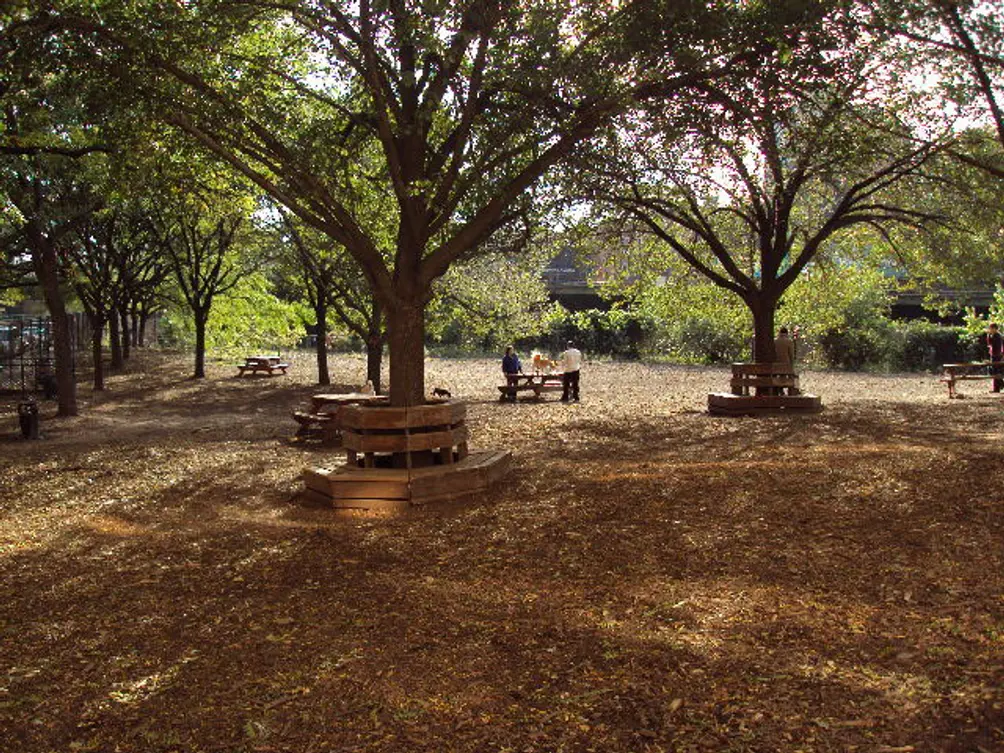 Hillside Dog Park (NYC Parks)
Hillside Dog Park (NYC Parks)
Located at the nexus of DUMBO and Brooklyn Heights, Hillside Dog Park is surrounded by trees and securely gated on all sides. There are fountains, wood chips, and grass for the dogs to play in, and humans can sit at the scattered picnic tables.
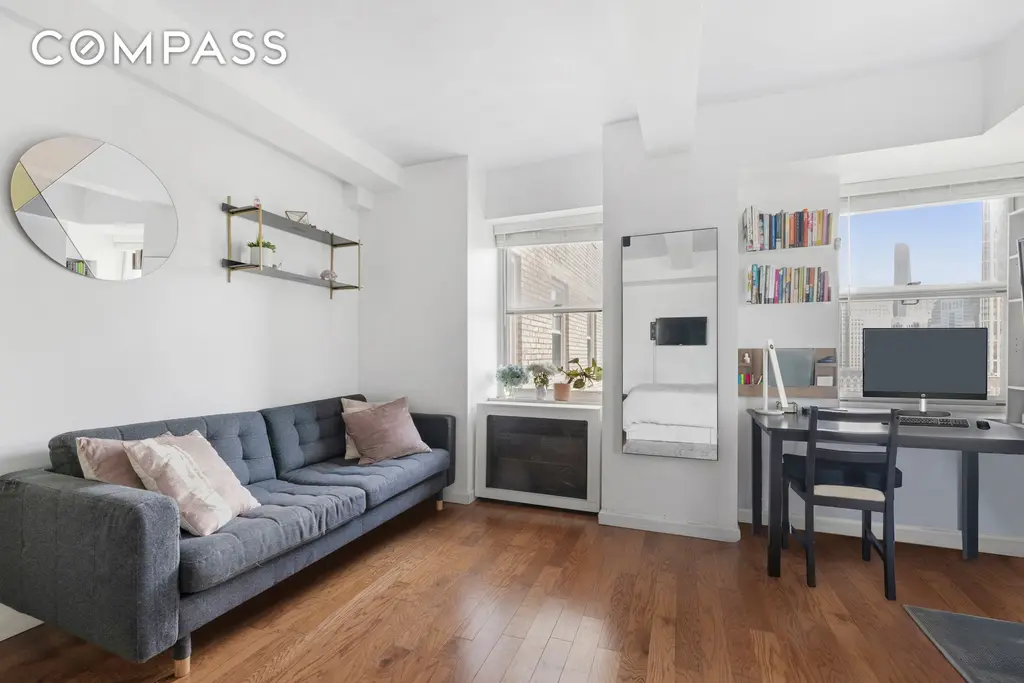
St. George Tower, #18M (Compass)
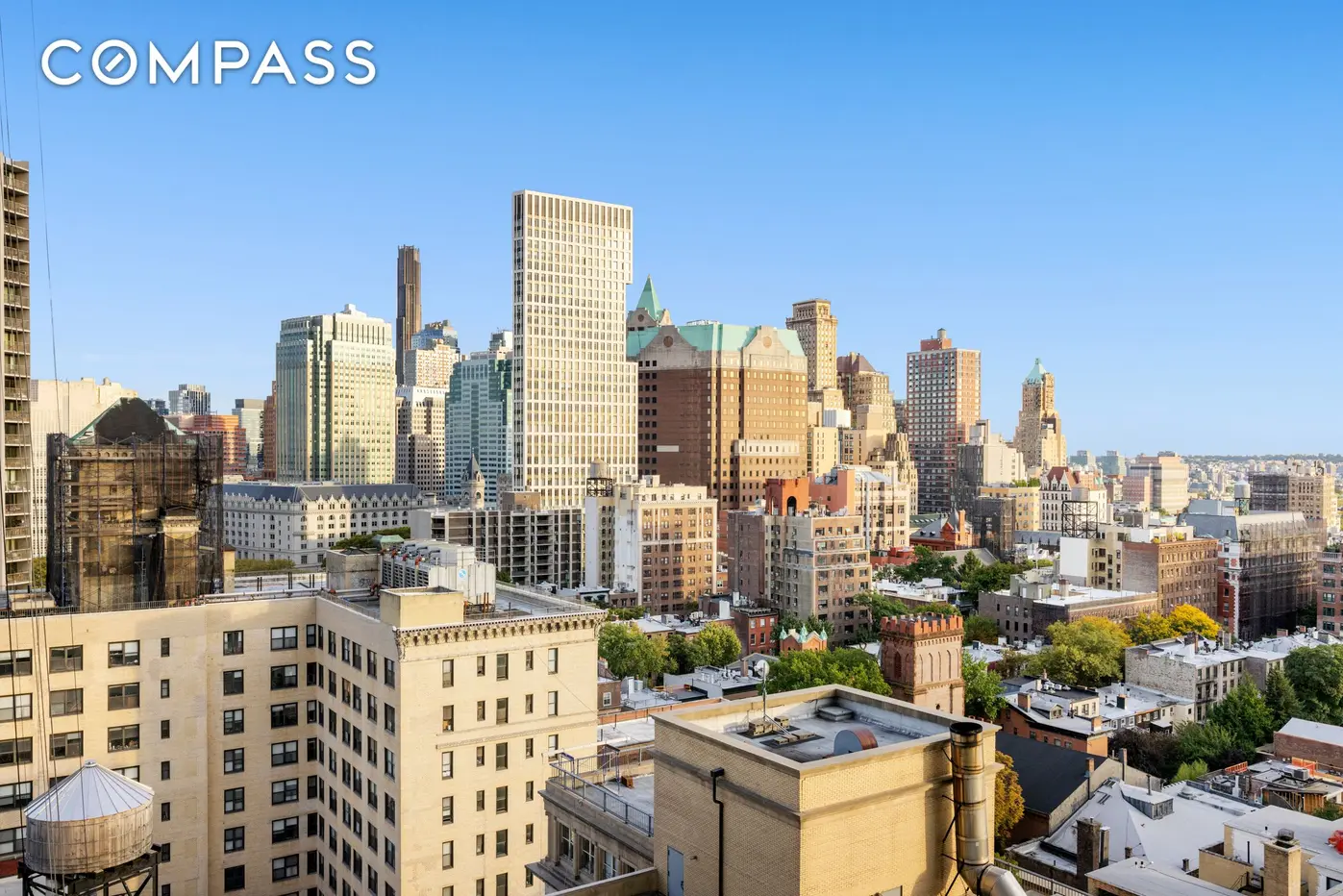

115 Willow Street, #5A (Compass)
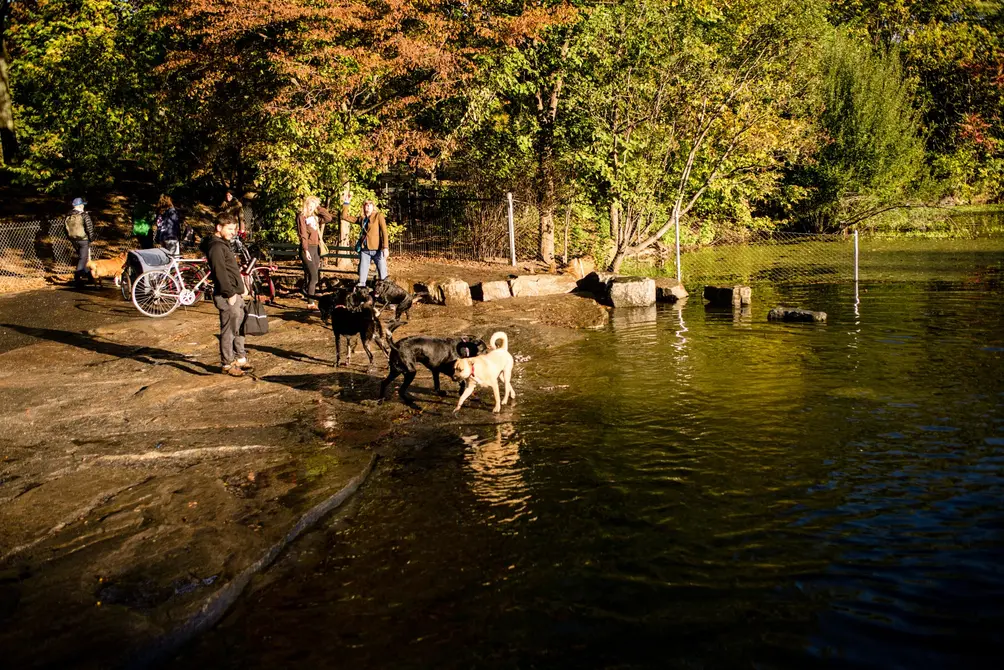 Prospect Park Dog Beach (Jordan Rathkopf)
Prospect Park Dog Beach (Jordan Rathkopf)
Pools and sprinklers are popular features at dog runs throughout the city, but Prospect Park takes that one step further with a dog beach, a segment of sand roped off just for dogs to splash around in the lake on hot days. All year round, the park offers off-leash hours from 5 a.m. to 9 a.m. and 9 p.m. to 1 a.m.

513 12th Street, #2R (Compass)
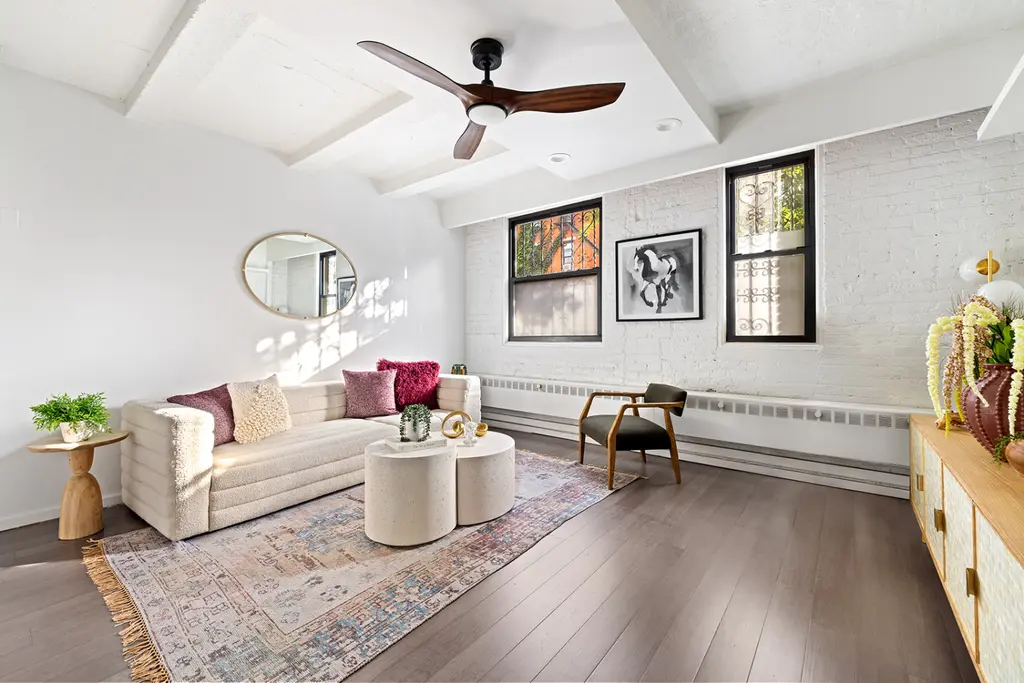
459 12th Street, #1A (Serhant)
Would you like to tour any of these properties?
Just complete the info below.
Or call us at (212) 755-5544
Would you like to tour any of these properties?





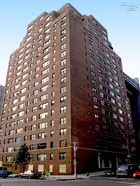



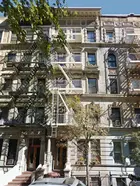
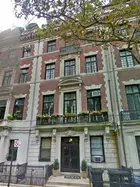


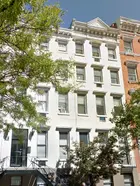




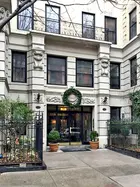


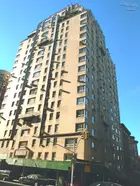
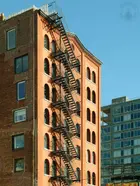

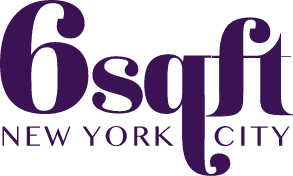 6sqft delivers the latest on real estate, architecture, and design, straight from New York City.
6sqft delivers the latest on real estate, architecture, and design, straight from New York City.
